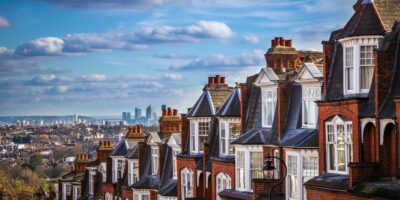Life in the London suburbs
Living in London suburbs does not really provide what one might imagine to be a stereotypical suburban lifestyle. Covering almost two thirds of the area, commonly known as Greater London, and housing half its population, many London suburbs are arguably a series of towns within a city.
Each London suburb generally has its own high street, distinct retail outlets, leisure facilities, eateries and green open space, which naturally attracts different individuals for varying reasons and creates a culture that can, in some London suburbs, be classed as unique, quirky, chilled and sometimes, exclusive. Often it is the sense of living on the edge of the hustle and bustle of the city centre or another popular more central London location, but having the ability to dip in and out at your convenience, is the attraction of living in a more suburban London area.
With many London residents (myself included) not actually originating from London, there is often an evolving pattern that emerges from starting out living as centrally as possible – for me this was Lambeth North – to reap all the benefits of living in one of the world’s greatest capital cities, to then undertaking a [subconscious] path of gradual migration ‘out of town’ in search of space. After some time, and in some cases entering a new life stage, some of us are given that additional nudge to explore that next ‘zone’ along the line.
Currently many London suburbs are facing something of a transformation as travel time between them will be reduced due to significant investment in London’s transport infrastructure, particularly that of Crossrail. Once complete the geographical spread of London and its suburbs will shrink and the popularity of a greater number of London’s suburban locations will surely increase.
In 2018 the completion of the Crossrail development will provide a much longed for, speedy connection between east and west London stretching across the city as far as Maidenhead in Berkshire on the west side, to Shenfield in Essex on the east side and Abbey Wood in the south east. Journey times will be considerably reduced, almost halving all existing journey times. For example the current journey time reported by Transport for London, using the underground network, between London Heathrow and Bond Street is currently an estimated 55 minutes, this will only be an estimated 26 minutes via the Crossrail network. In addition new Crossrail services will also provide a “10% capacity increase on public transport”, which should ease the surge faced on the underground during ‘rush hour’. Therefore I would say it’s reasonably safe to assume that a number of the currently lesser popular London suburbs are highly likely, in time, to develop into popular ‘urban villages’ and undergo somewhat of their own revolution. In turn providing additional residential options to Londoners on their outbound migration as commutability becomes an ever more attractive option.
Only time will tell…..


